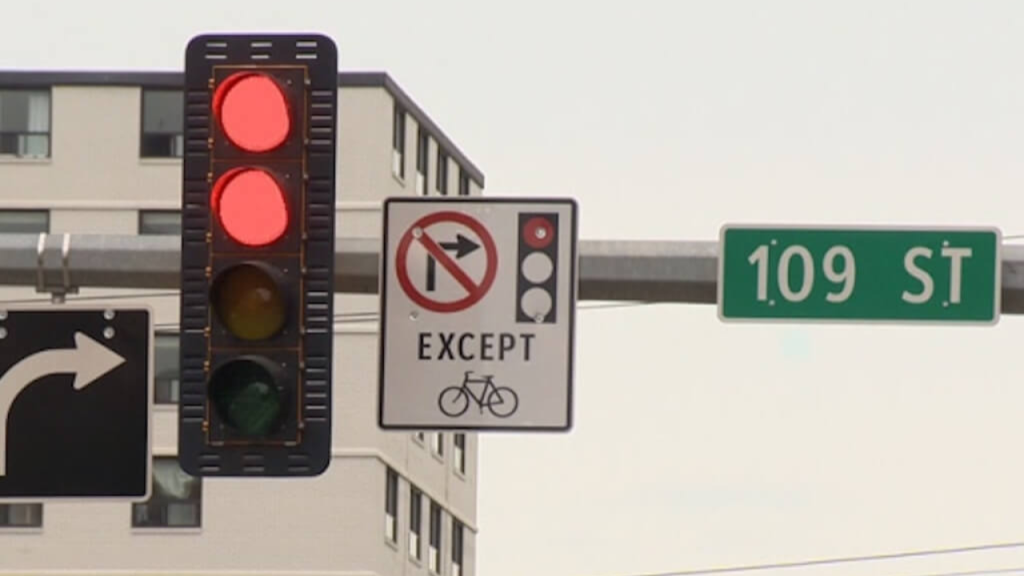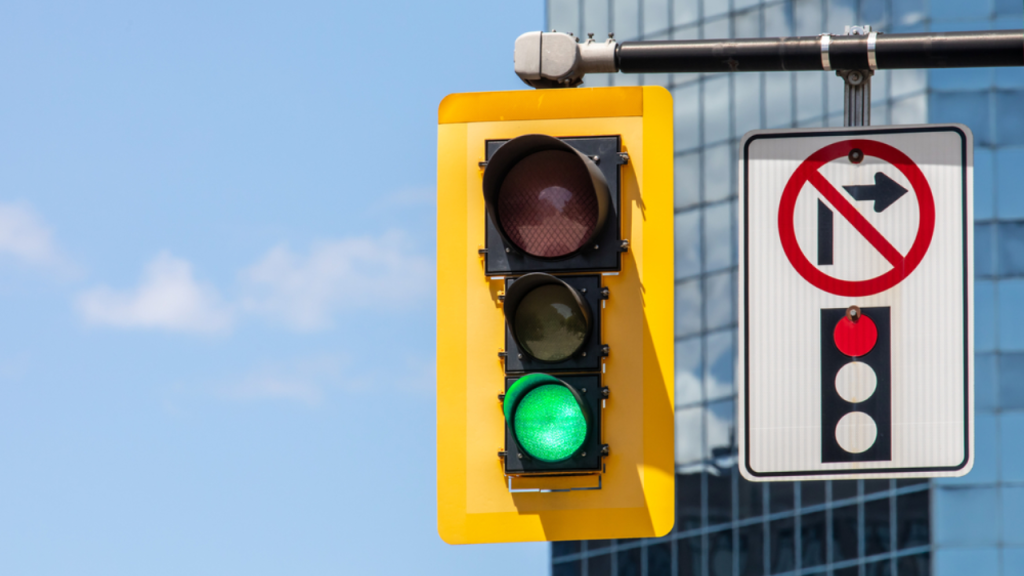
Starting in 2024, several cities across California—including Los Angeles—have introduced or are planning to introduce new restrictions on making right turns at red traffic lights. These changes are aimed at improving pedestrian safety, reducing accidents, and supporting local Vision Zero initiatives to eliminate traffic-related deaths. Here’s a breakdown of what drivers should know about these new regulations and how they might impact daily commutes.
Why Are These Restrictions Being Introduced?
Right turns on red have long been allowed in most parts of California unless explicitly prohibited by signs. However, in recent years, concerns have grown over the safety risks posed to pedestrians and cyclists at intersections where drivers make right turns on red lights without yielding properly. Studies and local reports show that pedestrian injuries and near-misses often occur during these turns, especially in busy urban areas with heavy foot traffic.
In response, cities such as San Francisco, Los Angeles, Berkeley, and others are expanding “No Right Turn on Red” zones to enhance safety, especially near schools, senior centers, and high pedestrian activity locations.
Los Angeles: Targeted Restrictions Near Schools and High-Risk Areas
In Los Angeles, the general rule still permits right turns on red unless a sign says otherwise. However, the city has started installing “No Right Turn on Red” signs at specific intersections, particularly near off-ramps, schools, and senior facilities. This targeted approach reflects a balance between maintaining traffic flow and increasing pedestrian safety in sensitive areas.
Drivers in Los Angeles should pay close attention to new signage indicating these restrictions to avoid violations and contribute to safer streets.

San Francisco’s Major Expansion of No Right Turn on Red Zones
San Francisco is leading the way with one of the most aggressive expansions of red light right turn restrictions in California. The city plans to ban right turns on red at roughly 200 intersections in neighborhoods including SoMa, Union Square, Chinatown, North Beach, and the Financial District. This expansion is part of San Francisco’s Vision Zero program, which aims to eliminate traffic deaths.
According to San Francisco officials, a pilot program in the Tenderloin district led to a 70% reduction in vehicles blocking crosswalks at red lights, demonstrating the effectiveness of such measures. New signage installations are expected to be completed by August 2025.
Other California Cities Join the Movement
- Berkeley has introduced “No Turn on Red” signs at four intersections near senior centers and schools as part of its Vision Zero efforts.
- San Jose conducted trials banning right turns on red at two intersections in 2020 to improve pedestrian safety.
- Sacramento advocates continue to push for banning right turns on red at intersections with a history of crashes or heavy pedestrian traffic, though citywide data collection on pedestrian counts is still in progress.
What Drivers Should Keep in Mind
- Look Out for Signs: While right turns on red remain legal in many areas, new “No Right Turn on Red” signs are being installed in increasing numbers. Always obey posted signs to avoid tickets and keep streets safe.
- Yield to Pedestrians: Even where right turns on red are allowed, California law requires drivers to come to a complete stop and yield to pedestrians and bicyclists crossing the street.
- Stay Updated: Traffic laws and safety initiatives evolve. Check your city or county’s transportation department websites for the latest updates on red light and turn restrictions.
Why These Rules Matter
While some critics argue that banning right turns on red at all intersections could slow traffic and frustrate drivers, evidence supports that these restrictions significantly reduce pedestrian conflicts and injuries at high-risk intersections. Cities are adopting data-driven approaches, targeting only locations where safety concerns are highest.
As California cities grow more pedestrian-friendly and urban traffic increases, these rules play a vital role in making streets safer for everyone.
